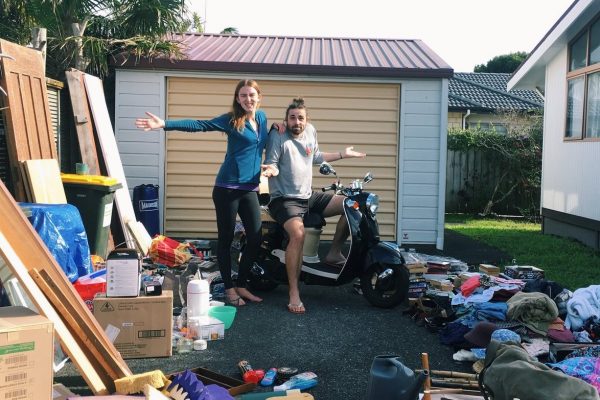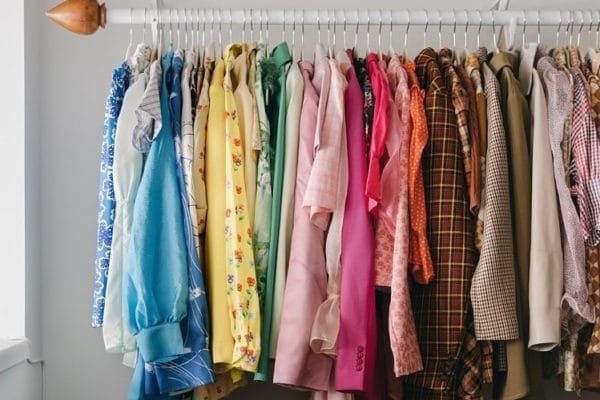The fact is, most Australian homes weren’t built for winter. A lack of insulation, poor sealing, and single-glazed windows are the norm.
By June, that usually means freezing homes and rising power bills.
Heating and cooling account for up to 40% of household energy use in Australia, and much of that energy is wasted if your home is leaking air.
But with a few very simple hacks, most of them under $30, you can drastically improve the efficiency of your home
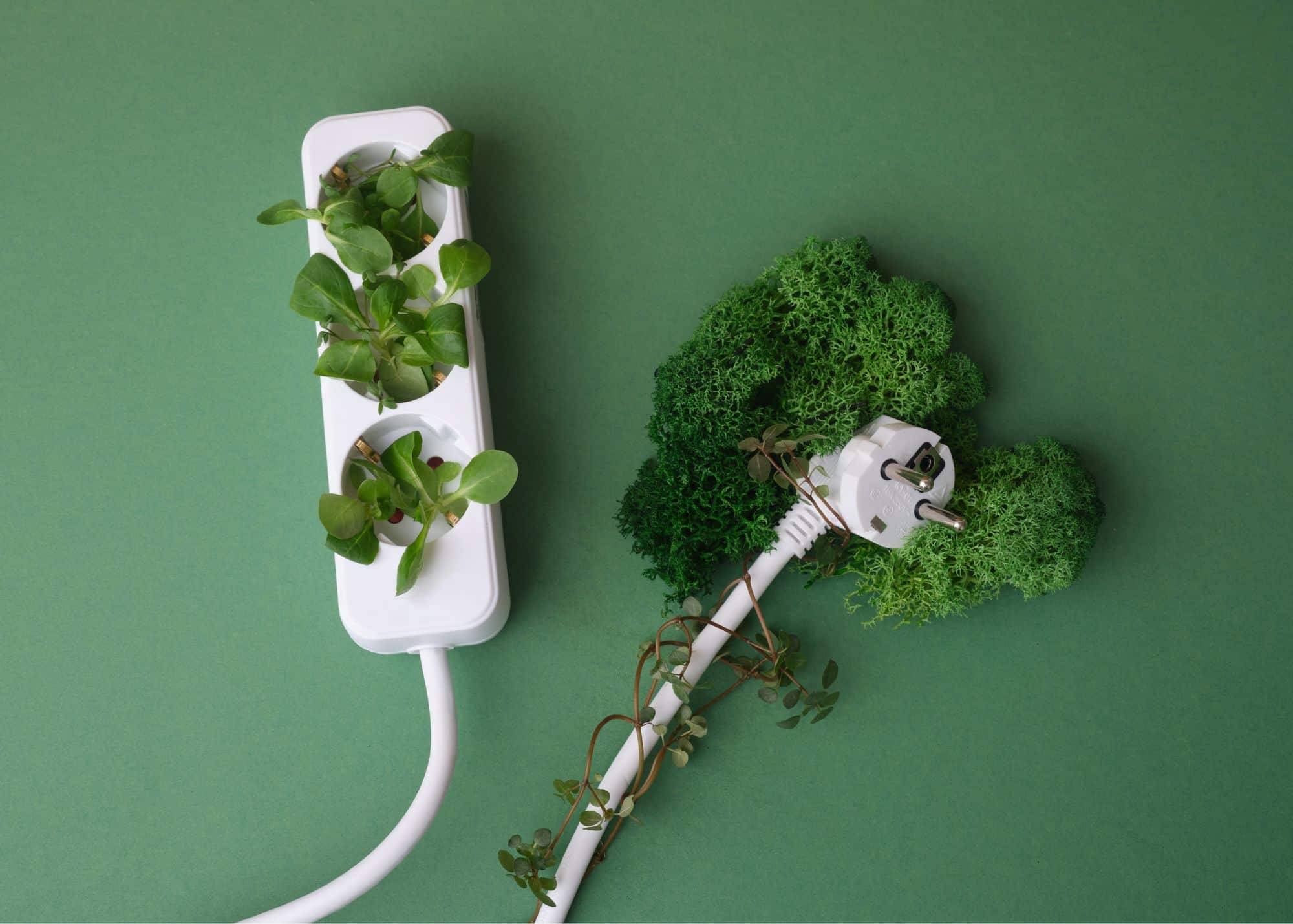
Here are some of the most affordable ways to improve your home’s energy efficiency with simple, renter-friendly hacks and longer-term upgrades for homeowners.
Draught-Proofing Tips: The Cheapest Way to Make Your Home More Efficient
One of the simplest and most effective ways to cut your energy use is sealing up the gaps where air escapes. Think: doorways, windows, floorboards, vents, and even unused chimneys. They can cause you to lose up to 25% of your heating or cooling.
For renters, a door snake is the quickest fix
You can pick one up from Bunnings or your local hardware store for under $15, or DIY your own with a rolled towel or old stocking filled with rice. It’s low effort, no-permission-required, and works instantly to block cold air at the base of your door.
Around windows and door frames
V-seal tape or adhesive foam strips are a renter-friendly option that peels off without damage. Products like Raven RP10 Weather Strip or Ezyseal Foam Tape are affordable and widely available. They create a tighter seal that stops air from sneaking in around frames — especially helpful in older timber windows that no longer sit flush.
For homeowners
The next step is permanent weather sealing using products like weather seals for the bottom of external doors or compression seals around internal frames.
Adding door jamb seals to all internal doors can also help you zone your heating or cooling more effectively, closing off unused rooms to concentrate energy use in lived-in spaces.
If your home has unused chimneys, vents or wall grilles
Consider temporary blocks or even removable chimney balloons. In older homes, these passive features can account for huge draughts, and are rarely noticed until winter kicks in.
Finally, don’t underestimate the power of curtains and blinds
Lined or thermal curtains and honeycomb blinds can reduce heat loss through windows by up to 40%, especially when they reach the floor and are closed before sunset.
Places like Spotlight and IKEA stock affordable thermal curtain panels that renters can hang using removable rods or Command curtain hooks, meaning no holes in the wall and no lost bond.
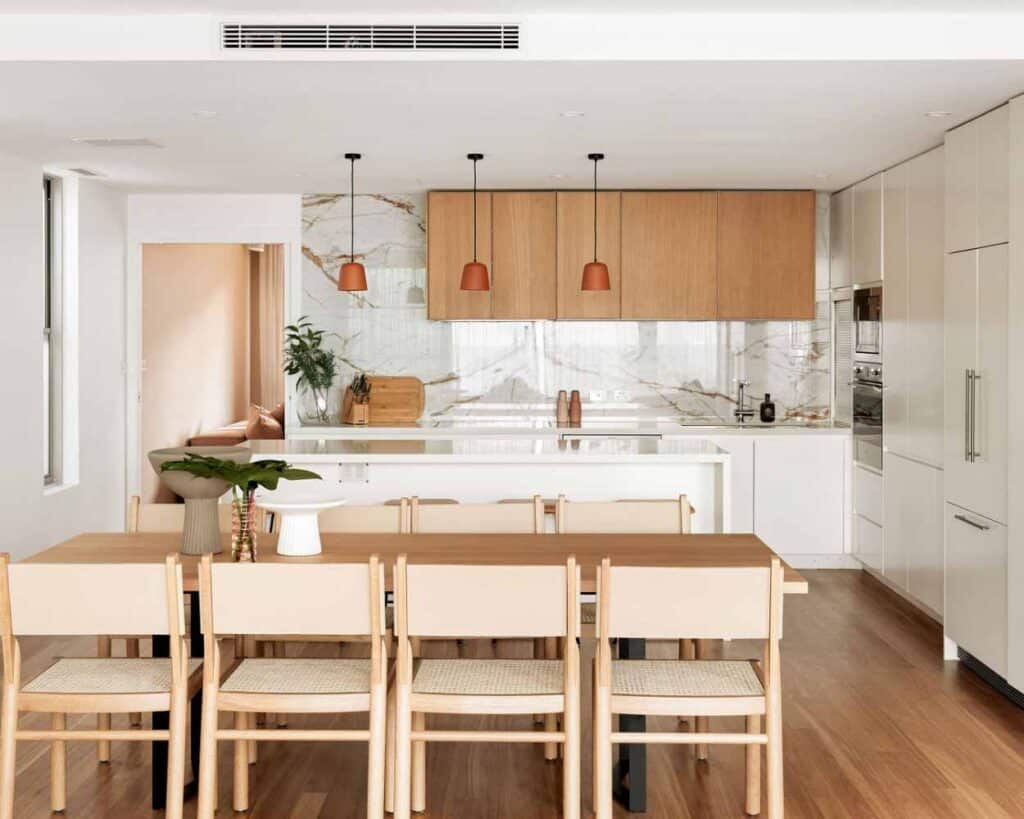
Use Appliances More Efficiently to Save Energy and Money
You don’t have to throw out your old fridge to cut your power bill. Although if it’s from the 90s, you probably should. Many of the biggest energy savings come from how and when you use your existing appliances. Older appliances being notorious power suckers.
Let’s start with air conditioners
If your split system has a ‘Dry’ or ‘Dehumidify’ mode, use it. It removes excess moisture from the air, making the space feel warmer (or cooler) with far less energy.
Dry mode uses up to 50% less power than Heat mode on most systems, making it ideal for muggy or mild conditions. It won’t work on freezing days, but it’s perfect for those in-between seasons.
Only heat or cool the rooms you actually use
The bare minimum we should be doing in winter, shut the doors to spare bedrooms and bathrooms to stop your system working harder than it needs to. This “zoning” approach is a basic but effective way to keep energy use low and the warmth in, especially in homes without central heating or cooling.
Fridges and freezers
The sneaky power guzzlers. A frost-covered freezer works less efficiently, so defrost it when the ice starts to build up.
And keep it full. A full freezer holds cold better and uses less energy. If you don’t have enough food to fill it, use sealed containers of water to take up space. If you have an old fridge and can’t upgrade yet, here are some tips to help make it a little more energy efficient.
Washing in cold water
Up to 85% of the energy used by a washing machine goes into heating the water. Switching to cold is cheaper, better for your clothes, and helps your machine last longer.
Run high-use appliances during the day if you have solar
It sounds obvious, but many households with rooftop panels still run dishwashers and washing machines at night out of habit. Set timers to run loads between 10am–2pm to use solar power directly and reduce grid reliance.
Microwaves and induction cooktops
A surprising fact, these are significantly more efficient than ovens, especially when reheating or cooking small meals. Using the right appliance for the job, and keeping oven use to a minimum, can shave a noticeable chunk off your bill over time.
Standby power
It might seem minor, but it adds up, and every little bit saved counts in this era of crazy high power costs. Devices left on standby (TVs, consoles, coffee machines) can make up 5–10% of your household electricity use. Use a smart power board or just get into the habit of switching things off at the wall.
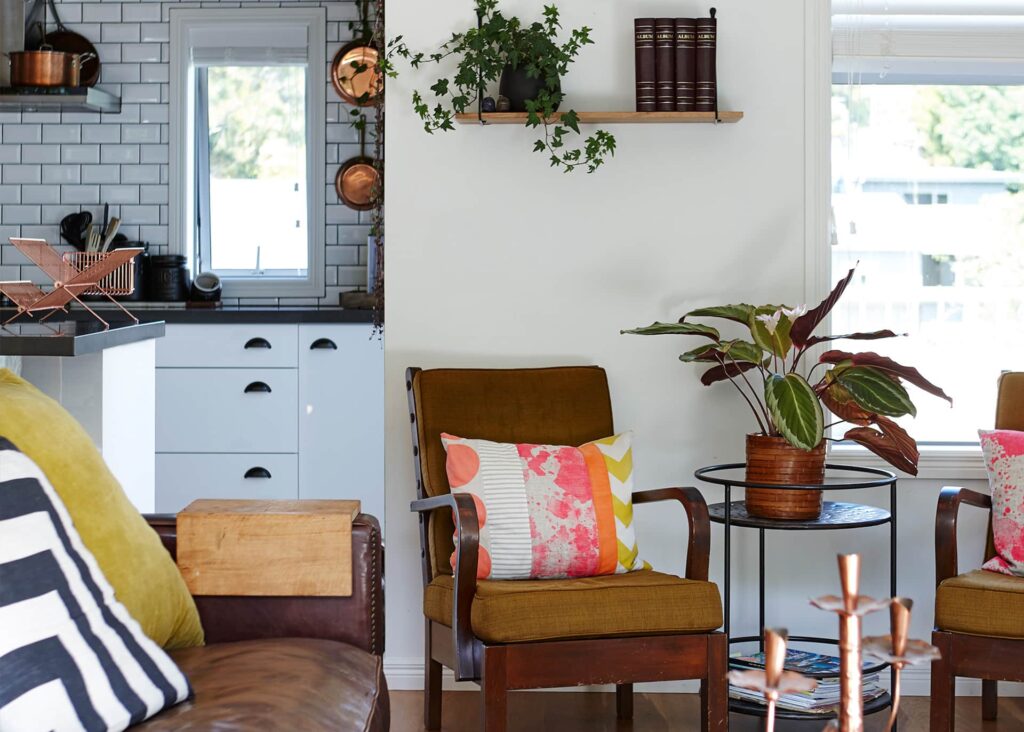
Insulation Tips for Renters: Low-Cost Ways to Improve Energy Efficiency
Most rental homes in Australia weren’t built with winter in mind, or tenants’ comfort, for that matter. But that doesn’t mean you’re stuck with freezing floorboards and draughty windows.
Let’s start with windows
If you’re dealing with single-glazed glass (and most renters are), adding an extra layer can make a big difference.
Clear thermal window film, like the kind sold by 3M or Duck Brand, works as a removable insulating barrier. It’s applied with double-sided tape and a hair dryer and can cut heat loss by up to 55%, according to 3M’s internal testing. You’ll find it at Bunnings, hardware stores, or online, usually under $30 for a pack that covers several windows.
For an even cheaper (if less aesthetic) option, there’s bubble wrap. Yes, really. Spritz the window with water, press the bubble side onto the glass, and it’ll cling for weeks. It’s not subtle, but it’s surprisingly effective at creating a thermal buffer, especially in bathrooms or laundry areas.
Don’t forget the floors
Timber and tile floors might look nice, but they’re shockingly good at sapping heat. A few strategically placed rugs especially over uninsulated floorboards, can make a noticeable difference. Opt for natural fibres like wool or jute if you can, which insulate better than synthetics and feel warmer underfoot.
Cover the gaps
If your front or back door opens straight to the outdoors, hang a door curtain on the inside. A thick fabric panel over the door, even an op-shop blanket, can stop heat from escaping. Attach it with a removable hook rail or tension rod, and draw it at night for instant insulation.
Rethink your layout
It sounds simple, but moving your bed or lounge away from external walls or large windows can reduce heat loss and keep you warmer while you sleep or relax. Even shifting a couch by 30cm can make the space feel more comfortable, and give your heating system less work to do.
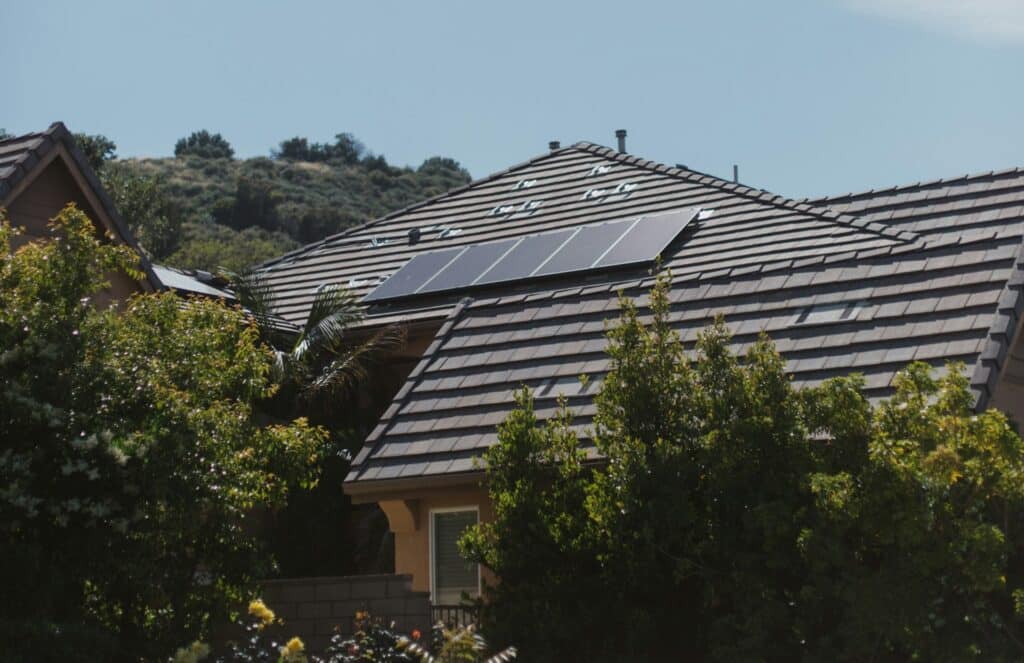
Energy-Efficient Home Upgrades for Homeowners
If you own your home, you have the power to fix what most rentals can’t: poor insulation, bad sealing, and energy systems that date back to the Howard era.
While some of these upgrades do mean an upfront investment, many pay for themselves quickly in lower bills and a more comfortable home year-round.
Start at the top with insulation
Around 25–35% of heat loss in Australian homes happens through the roof. Installing or upgrading ceiling insulation is one of the most effective things you can do to improve thermal performance. We have a whole guide to sustainable insulation here.
Also consider underfloor insulation, especially in homes with timber or raised floors. It’s less commonly installed but can cut heat loss by around 10–20%, and helps reduce drafts and cold zones at ground level.
Windows are next
Single-glazed windows can account for up to 40% of heat loss in winter, but replacing them entirely isn’t always feasible. Double glazing is the gold standard but expensive in Australia. If you’re renovating or building, and it’s in the budget, it’s absolutely worth including. But there are also more accessible options.
- Secondary glazing kits, like Magnetite or EcoGlaze, add a second acrylic panel to existing windows, improving insulation at a fraction of the cost.
- Low-emissivity (Low-E) window tint windows, available from brands like 3M, reflects radiant heat while letting in natural light, reducing both winter heat loss and summer heat gain. This can improve window insulation by up to 40% and perfect for warmer climates like Queensland where double glazing can be overkill.
Solar panels and storage
And of course, if your budget allows, solar panels are a longer-term investment that can dramatically cut or eliminate daytime electricity costs.
According to the Clean Energy Regulator, a typical 6.6kW system can save between $1200–$2000 per year, depending on location and usage. Pairing solar with battery storage (like a Tesla Powerwall or BYD Battery-Box) means you can store excess energy for night-time use and reduce your reliance on the grid altogether.
All of these upgrades are eligible for various government rebates and interest-free loans depending on your state and bank. Summerland Credit Union and Bank Australia are both worth checking out.
Tools & Resources to Make Your Home More Energy Efficient
Renew
Independent advice on retrofitting homes for energy efficiency, solar, insulation, and more — all tailored to Australian conditions.
A federal government tool that lets you compare appliance energy use and running costs before you buy.
Choice
Australian product reviews covering everything from heat pump dryers to window insulation film, with energy efficiency ratings included.
Australian Energy Regulator (AER)
Covers how electricity is priced, what contributes to your bill, and which appliances use the most energy.
YourHome.gov.au
The official Australian guide to sustainable building and renovation, with practical insights on insulation, glazing, and climate-specific design.
Rewiring Australia
Explains how households can cut emissions and bills by switching to all-electric systems, with clear breakdowns and policy updates.
And if you’re looking for more ways to live a little lighter?
The Green Hub has been sharing practical advice on sustainable living since 2015. From native gardening and ethical fashion to food waste and climate-friendly habits, we’re here to help you start, or keep going, wherever you’re at.
